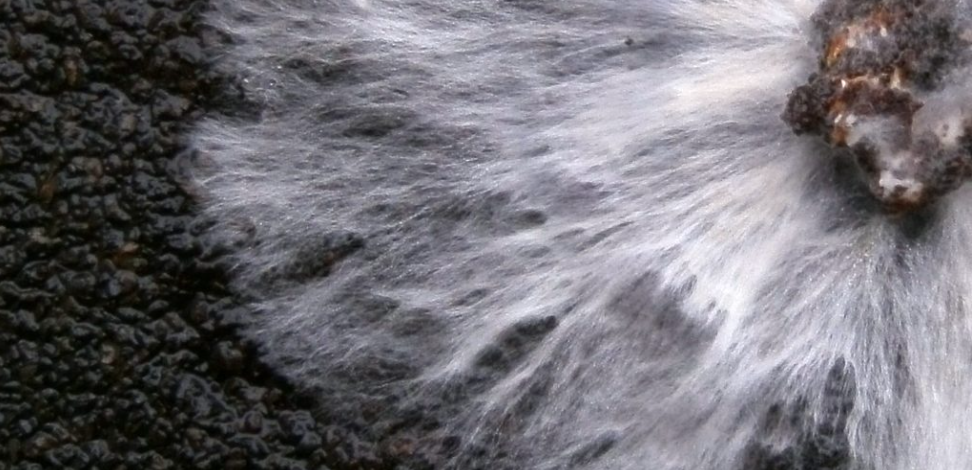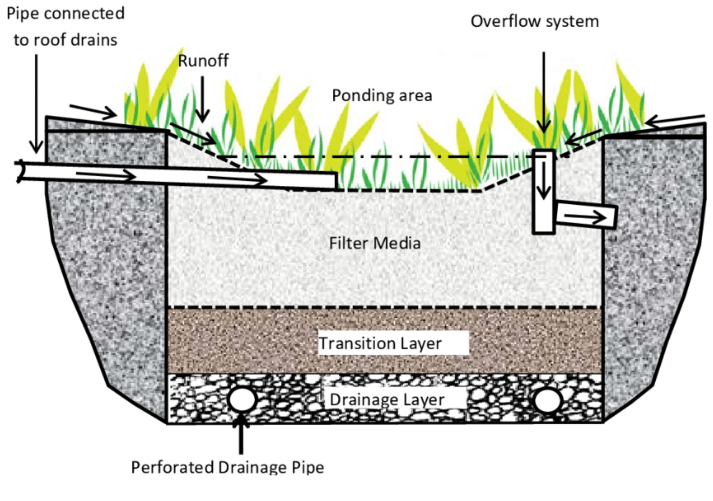
Nature’s Underground Network: Unveiling the Wonders of Mycelium
In the enchanting world of fungi, mycelium stands as a remarkable and often overlooked marvel. Mycelium, the intricate network of fine threads that make up the vegetative part of fungi, plays a pivotal role in nature’s balance and sustenance. In this exploration, we will unravel the wonders of mycelium, its significance, and the magic it brings to our ecosystem.
Understanding Mycelium: The Forest Beneath Our Feet
What is mycelium? Mycelium is a thread-like structure, usually hidden beneath the soil or within the decaying matter in the forest. It’s the root system of fungi, and it’s much more than what meets the eye. Think of mycelium as the internet of the forest, connecting trees, plants, and various organisms in a complex network.
1. Nutrient Cycling and Decomposition
Mycelium is a decomposer, breaking down organic matter and turning it into essential nutrients. This decomposition process helps in nutrient cycling, ensuring a continuous supply of vital elements for the forest ecosystem.
2. Symbiosis with Trees
Mycelium forms a symbiotic relationship with trees, known as mycorrhizal symbiosis. It helps trees absorb essential nutrients from the soil, such as phosphorus and nitrogen, in exchange for sugars produced during photosynthesis.
3. Soil Structure and Erosion Control
Mycelium’s delicate threads create a fibrous network in the soil, enhancing its structure. This network helps in preventing erosion and improving water retention in the soil.
Understanding Mycelium Water Filtration
Mycelium, the intricate network of fungal threads, possesses remarkable filtration properties. When integrated into bioretention cells, mycelium acts as a natural filter, aiding in the breakdown of pollutants and the retention of harmful substances from stormwater runoff.

1. Filtration Efficiency
Mycelium effectively filters stormwater by absorbing and breaking down pollutants such as heavy metals, hydrocarbons, and excess nutrients. Its fine thread-like structure provides an extensive surface area for filtration. Incorporating mycelium into bioretention cells can significantly enhance their performance and sustainability. This symbiotic relationship between mycelium and bioretention cells showcases nature’s ability to provide effective and eco-friendly solutions for water management.
2. Nutrient Uptake
Mycelium is capable of absorbing excess nutrients present in stormwater, such as nitrogen and phosphorus. This nutrient uptake helps in preventing water bodies’ eutrophication, a common issue resulting from nutrient overload.
3. Soil Improvement
When mycelium colonizes the soil within bioretention cells, it enhances soil structure and porosity, promoting better water infiltration and drainage. This improvement is vital for the overall effectiveness of the bioretention system.
Mycelium Water Filtration in Bioretention Cells: A Synergistic Approach
Incorporating mycelium into bioretention cells can significantly enhance their performance and sustainability. This symbiotic relationship between mycelium and bioretention cells showcases nature’s ability to provide effective and eco-friendly solutions for water management.

The Role of Mycelium in Forests: A Symbiotic Symphony
Mycelium’s symbiotic relationships with various organisms illustrate the intricacies of nature’s harmonious symphony. The forests thrive on this symphony, relying on mycelium to maintain a delicate balance.
Mycelium FAQ
How does mycelium break down pollutants?
Mycelium secretes enzymes that break down complex organic compounds into simpler, less harmful substances. This enzymatic action aids in the degradation of pollutants present in stormwater.
How does mycelium support plant growth?
Mycelium forms a mycorrhizal relationship with plants, extending their root systems and aiding in nutrient absorption. This symbiosis enhances the plants’ growth and overall health.
Is mycelium safe for the environment?
Yes, mycelium is safe for the environment. It’s a natural organism that enhances soil health, aids in nutrient cycling, and contributes to sustainable water management practices.
Can mycelium be used in urban areas for water filtration?
Absolutely. Mycelium water filtration can be applied in urban areas, especially within bioretention cells and green infrastructure, to improve stormwater quality and reduce the burden on conventional filtration systems.
Can mycelium be cultivated in bioretention cells?
Yes, mycelium can be cultivated within the soil of bioretention cells. Its growth can be encouraged by providing a conducive environment, including suitable temperature, moisture levels, and organic matter.
Is mycelium beneficial for agriculture?
Yes, mycelium has applications in agriculture. It can improve soil structure, enhance nutrient availability, and promote plant growth, making it a valuable component in sustainable farming practices.
Can mycelium be used for pollution control?
Yes, mycelium can be used to remediate polluted environments. It’s particularly effective in breaking down pollutants and contaminants, showcasing its potential in environmental restoration.
Is mycelium used in the production of certain foods?
Yes, mycelium is used in the production of various foods, including certain types of mushrooms. It’s a key component in the cultivation of edible mushrooms and contributes to the production of various culinary delights.
Conclusion: Celebrating Nature’s Silent Network
Mycelium, often unseen and overlooked, is a silent hero in the intricate web of life. Its contributions to our environment, from enhancing soil health to fostering plant growth, are immeasurable. As we continue to unveil the wonders of mycelium, we gain a deeper appreciation for the delicate balance that sustains life on our planet.
READ: 20 Kinds of Edible Mushrooms That Grace the Oregon Wilderness
READ: Exploring Edible Mushrooms: A Gastronomic Adventure in Oregon
READ: Nature’s Giant: The Largest Organism in the World Lives Right Here in Oregon
Sources:
https://oceanblueproject.org/ocean-blue-volunteers/
https://www.lyngsogarden.com/community-resources/bioretention-cells-what-do-they-do/
https://en.wikipedia.org/wiki/Mycelium

